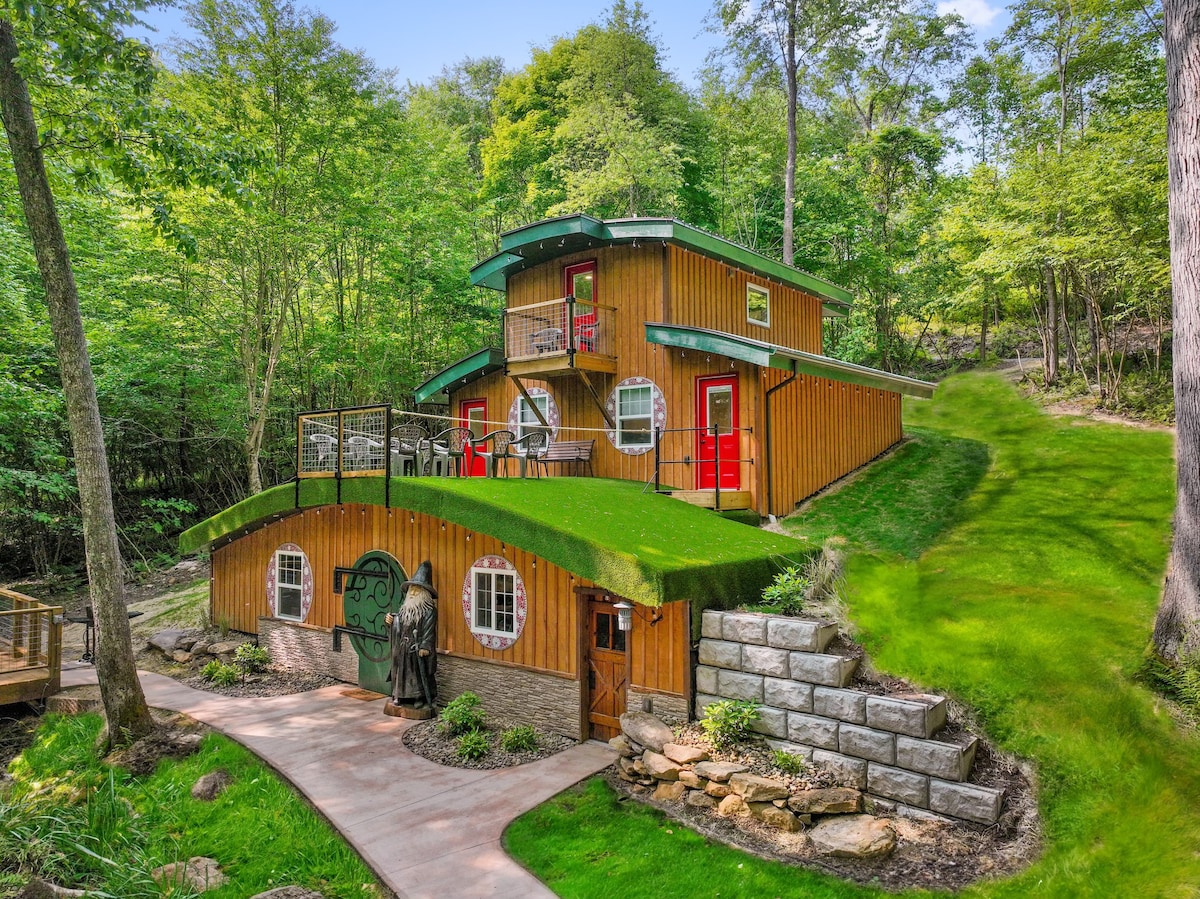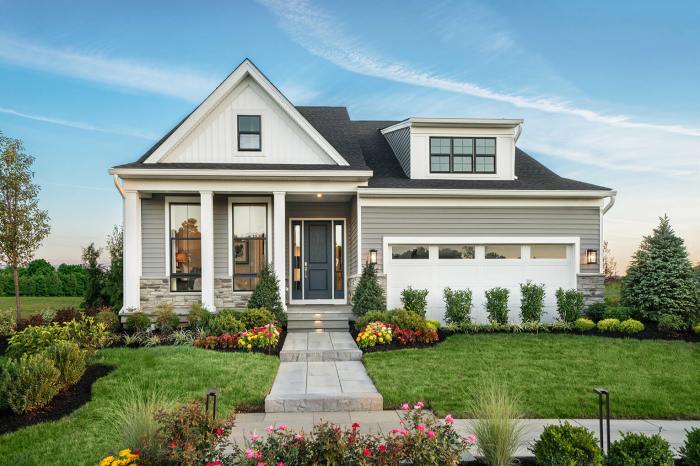House for Rent PA Your Guide to Finding the Perfect Place
Pennsylvania Rental Market Overview
House for rent pa – The Pennsylvania rental market is diverse, reflecting the state’s varied geography and demographics. Rental costs and property types vary significantly across urban and rural areas, influenced by factors such as job markets, population density, and local economic conditions. Understanding these dynamics is crucial for prospective renters.
Finding the perfect house for rent in Pennsylvania can be challenging, especially if you’re considering a move from a different region. If you’re open to exploring other options, you might want to check out the listings for a house for rent in dc, house for rent in dc , as the market there sometimes offers comparable properties.
Ultimately, the best choice will depend on your specific needs and preferences, but broadening your search could reveal unexpected opportunities back in PA.
Current State of the Pennsylvania Rental Housing Market
Pennsylvania’s rental market is currently experiencing moderate growth, with rental prices increasing steadily in many areas. High demand, particularly in urban centers and areas with strong job growth, is contributing to this upward trend. Availability varies depending on location and property type; some areas have a higher vacancy rate than others.
Key Factors Influencing Rental Prices in Pennsylvania
Three key factors significantly impact rental prices across different regions of Pennsylvania:
- Proximity to major employment centers: Areas near large cities or significant employment hubs generally command higher rental rates due to increased demand.
- Local economic conditions: Strong local economies with robust job growth tend to have higher rental prices due to increased competition for available units.
- Property condition and amenities: Newer, well-maintained properties with desirable amenities command higher rental rates compared to older properties with fewer features.
Comparison of Rental Costs: Urban vs. Rural Pennsylvania
Rental costs in urban areas of Pennsylvania are significantly higher than in rural areas. This disparity is primarily driven by higher demand, limited housing supply, and the presence of more amenities and services in urban centers. Rural areas generally offer more affordable rental options but may lack the same level of convenience and access to amenities.
Average Rental Costs in Select Pennsylvania Cities
| City | Average Rent (1-bedroom) | Average Rent (2-bedroom) | Average Rent (3-bedroom) |
|---|---|---|---|
| Philadelphia | $1,500 (Estimate) | $1,800 (Estimate) | $2,200 (Estimate) |
| Pittsburgh | $1,200 (Estimate) | $1,500 (Estimate) | $1,800 (Estimate) |
| State College | $1,300 (Estimate) | $1,600 (Estimate) | $2,000 (Estimate) |
Note: These are estimates and actual rental prices may vary depending on location, property condition, and other factors.
Types of Rental Properties in Pennsylvania
Pennsylvania offers a diverse range of rental properties to suit various needs and budgets. Understanding the different types and their associated features is essential for finding the right fit.
Common Rental Property Types in Pennsylvania
- Apartments: Range from studio apartments to large multi-bedroom units within apartment buildings. Amenities can include in-building laundry, fitness centers, and parking.
- Houses: Single-family homes available for rent, offering more space and privacy than apartments. Amenities can vary widely, from basic features to luxury upgrades.
- Townhouses: Multi-level homes that share one or more walls with adjacent units. Often include private yards and garages, offering a balance between apartment and house living.
- Condos: Individually owned units within a larger complex. Amenities vary depending on the specific condo association.
Amenities in Pennsylvania Rental Properties
Amenities offered in rental properties across different price ranges vary considerably. Budget-friendly options may offer basic features, while higher-end properties often include:
- In-unit laundry
- Private balconies or patios
- Garages or parking spaces
- Fitness centers
- Swimming pools
- Pet-friendly policies
Pros and Cons of Different Property Types
The best property type depends on individual needs and preferences. Each option presents unique advantages and disadvantages:
- Apartments: Pros: Convenience, amenities, lower maintenance; Cons: Less privacy, limited space, potential noise.
- Houses: Pros: Privacy, space, potential for outdoor space; Cons: Higher maintenance, greater responsibility.
- Townhouses: Pros: Balance of space and convenience, often include private outdoor areas; Cons: Shared walls, potential noise from neighbors.
- Condos: Pros: Amenities, often include security features; Cons: HOA fees, restrictions.
Finding and Securing a Rental Property in Pennsylvania
Securing a rental property in Pennsylvania involves a systematic approach. Careful planning and due diligence are crucial to avoid scams and find a suitable property.
Searching for Rental Properties
Numerous resources are available for finding rental properties in Pennsylvania:
- Online listing sites (e.g., Zillow, Apartments.com)
- Real estate agents
- Local newspapers and classifieds
- Directly contacting property management companies
Avoiding Rental Scams
Be cautious of listings that seem too good to be true or request payment before viewing the property. Always verify the legitimacy of the listing and the landlord before providing any personal information or financial details.
Applying for a Rental Property

Source: muscache.com
The application process typically involves providing the following documents:
- Completed rental application
- Proof of income (pay stubs, tax returns)
- References (previous landlords or employers)
- Credit report
- Background check
Step-by-Step Guide for Prospective Renters
- Determine your budget and desired location.
- Search for rental properties using online resources or real estate agents.
- Schedule viewings of potential properties.
- Complete a rental application and submit required documents.
- Negotiate lease terms and sign the rental agreement.
- Pay the security deposit and first month’s rent.
- Move into your new rental property.
Rental Agreements and Tenant Rights in Pennsylvania
Understanding Pennsylvania’s rental laws and the key components of a rental agreement is crucial for both landlords and tenants. This knowledge ensures a smooth and legally sound rental experience.
Key Components of a Pennsylvania Rental Agreement
A standard Pennsylvania rental agreement typically includes:
- Names and contact information of landlord and tenant
- Property address
- Rental term (lease duration)
- Monthly rent amount
- Security deposit amount
- Late fee policy
- Pet policy (if applicable)
- Responsibilities for property maintenance and repairs
Tenant Rights and Responsibilities in Pennsylvania
Pennsylvania law protects tenants’ rights, including the right to a safe and habitable dwelling, reasonable notice before eviction, and protection from unlawful discrimination.
Common Landlord-Tenant Issues and Resolutions
Common disputes between landlords and tenants include:
- Property repairs and maintenance
- Security deposit disputes
- Lease violations
Resolution methods can include mediation, arbitration, or legal action.
Landlord and Tenant Responsibilities Regarding Property Maintenance
| Responsibility | Landlord | Tenant |
|---|---|---|
| Structural repairs (roof, foundation) | Landlord | |
| Plumbing issues | Landlord | Report promptly |
| Appliance repair (oven, refrigerator) | Landlord (usually) | Report promptly |
| Cleaning and minor repairs | Tenant |
Cost of Living and Budgeting for Rent in Pennsylvania

Source: tollbrothers.com
Budgeting effectively for rent in Pennsylvania requires considering various factors beyond just the monthly rent payment. A comprehensive budget ensures financial stability.
Typical Costs Associated with Renting in Pennsylvania
Beyond monthly rent, renters should account for:
- Utilities (electricity, gas, water, sewer)
- Internet and cable
- Homeowners or renters insurance
- Transportation costs
- Groceries and other living expenses
Creating a Realistic Rental Budget
A realistic budget allocates a reasonable percentage of income to rent and other expenses. A general guideline is to keep total housing costs (rent plus utilities) below 30% of gross monthly income. Adjust this based on individual circumstances and income levels.
Cost of Living Comparison Across Pennsylvania Cities, House for rent pa
The cost of living varies considerably across Pennsylvania cities. Urban areas generally have higher costs of living compared to rural areas. Factors such as proximity to employment centers and the availability of amenities contribute to these differences.
Calculating a Monthly Rental Budget: Hypothetical Example
Let’s assume a hypothetical renter earns $4,000 per month gross income. Targeting a 30% housing cost limit, the maximum affordable monthly rent and utilities would be $1,200. This would require careful budgeting for other expenses to remain within the overall budget.
Neighborhood Considerations in Pennsylvania
Choosing the right neighborhood is a crucial aspect of finding a suitable rental property in Pennsylvania. Factors such as schools, commute times, and amenities play a significant role in the overall quality of life.
Factors to Consider When Choosing a Neighborhood
When selecting a neighborhood, consider:
- Proximity to work or school
- Public transportation options
- Quality of local schools (if applicable)
- Availability of amenities (parks, shops, restaurants)
- Safety and crime rates
- Overall neighborhood atmosphere
Popular Neighborhoods for Renters in Major Pennsylvania Cities
Philadelphia, Pittsburgh, and other major Pennsylvania cities offer a variety of neighborhoods catering to different preferences and budgets. Research is key to identifying neighborhoods that align with your lifestyle and priorities.
Neighborhood Comparison: Safety, Cost of Living, and Proximity to Work
Comparing neighborhoods based on safety, cost of living, and proximity to work helps renters make informed decisions. Online resources and local knowledge can assist in this process.
Pros and Cons of Three Different Pennsylvania Neighborhoods
| Neighborhood | Pros | Cons |
|---|---|---|
| (Example: Society Hill, Philadelphia) | Historic charm, walkability, proximity to amenities | High cost of living, limited parking |
| (Example: Shadyside, Pittsburgh) | Upscale shops and restaurants, walkable, safe | High cost of living, limited parking |
| (Example: State College, Downtown) | Walkable, close to Penn State University, vibrant atmosphere | Can be noisy, limited parking, high demand |
Detailed FAQs: House For Rent Pa
What is the average security deposit in Pennsylvania?
Security deposit amounts vary depending on the property and landlord, but are often equivalent to one or two months’ rent.
How long is a typical lease term in PA?
Lease terms commonly range from six months to one year, though shorter or longer terms may be available.
What are my options if my landlord fails to make necessary repairs?
Pennsylvania law Artikels specific procedures for tenants to follow when a landlord fails to address necessary repairs. These typically involve written notice and potential legal action.
Can I break my lease early in Pennsylvania?
Breaking a lease early can result in penalties, unless specific circumstances Artikeld in the lease or state law apply. Consult your lease agreement and seek legal advice if necessary.




















